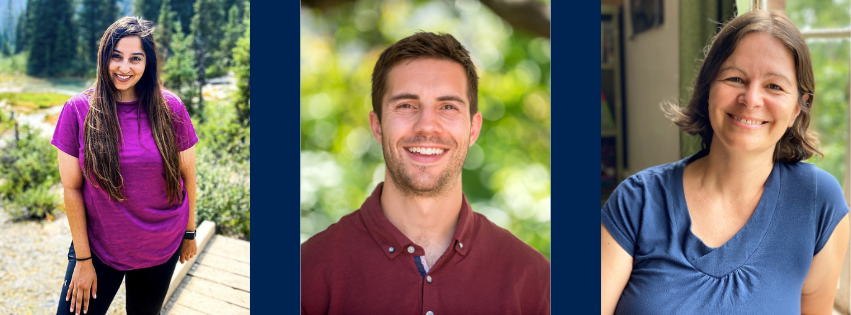
Walking into a classroom today – compared to ten years ago – there are countless new strategies educators have incorporated into their practices, making it easier for all kids to access learning. A lot of this progress is due to the influence of Universal Design for Learning (UDL) on teaching. Classrooms are increasingly becoming more accessible and inclusive spaces, where all students can access the same supports that are necessary for some, but good for all. This is similar to accessible doors – they are necessary for many people who are differently abled, but a benefit to anyone pushing a stroller or carrying armloads of groceries.
While these changes are beneficial, Dr. Ian Matheson’s research highlights an important gap: in order to prepare our students to transition into environments that are less accessible and inclusive, like the workplace, we need to ensure that they understand what supports are necessary for them, and why. Understanding what students need to thrive at school and after is at the heart of Ian’s research.
Focused on students with Individual Education Plans (IEPs) in K-12 settings, Ian’s research aims to examine what students know about their IEPs and how to empower them so they can effectively advocate for themselves and overcome new learning challenges throughout their lives. The theory is that if you can understand your learning needs in school, you’ll be able to creatively problem solve and navigate challenges in further education and the workplace.
To explore this, Ian and two of his graduate students, Sunaira Tejpar and Julia Hale, have been conducting interviews with elementary and high school students. They ask questions like, “Do you know why you have an IEP?” and “What accommodations are you supposed to receive, and why?”, encouraging students to reflect on their learning needs and the purpose behind their accommodations. The heart of this work is to support self-awareness and self-advocacy.
“Our kids should be able to understand the challenges they experience, why they experience those challenges, and then what they can do about it,” says Ian. As his team gathers interview data, they are gaining insight into how well students comprehend their own learning needs and what educators can do to support them. Julia notes. “If we can identify specific gaps and find efficient and engaging ways for teachers to support students with understanding learning differences, we can make a big impact on specific students but also the culture of learning for all”.
Initially focused on students with IEPs, Ian and his team have expanded their scope to study how all students – IEP or not – assess their own executive functions, that is, skills like planning, staying organized, and sustaining attention.
Ian and his team are asking grade 9 students “What are you good at? How do you know?” and then following up to understand how these abilities relate to their interests in school and their career aspirations.
By analyzing students’ self-reports and making connections between executive functions and academic performance, the research aims to help all students anticipate learning challenges and develop strategies to overcome them.
One of the key findings of Ian’s research so far is that students with IEPs are varied in how well they understand their accommodations. While some students may benefit from having parents and teachers help them to understand their IEP, others do not, creating disparities in knowledge and self-advocacy skills.
“If we don’t have clear expectations for the school to provide students with this knowledge, we’re relying on happenstance and privilege,” Ian explains. “Some students will naturally get this information, but others won’t, and that’s a problem.”
A potential solution is to implement a system to assess students’ understanding of their IEPs and provide targeted support as needed. “We can be asking students with IEPs a few key questions,” he suggests. “If a student can clearly explain why they have certain accommodations, that’s great. But if they have no idea, that’s could be a sign that we need to provide more guidance.”
Ian and his team know that they won’t make these changes alone and are working closely with schools and boards to bring these insights into education systems. He emphasizes the importance of building relationships with educators rather than imposing solutions. “The most important thing has been just building relationships with school boards to learn what challenges teachers and administrators face and how we, as a university, can help,” he says.
Looking Ahead
A long-term goal of this research is to connect students’ learning profiles with career pathways. The findings could be instrumental in guiding students toward suitable career paths by helping them understand their strengths and areas for growth. “We want to ensure that students leave K-12 with a better sense of self, greater autonomy, and the ability to make informed choices about their futures,” he says.
As Ian and his team continue their research, they hope to see more systematic approaches to self-advocacy education in schools. By equipping students with knowledge about their learning needs, they aim to empower them to succeed not just in school, but in life.